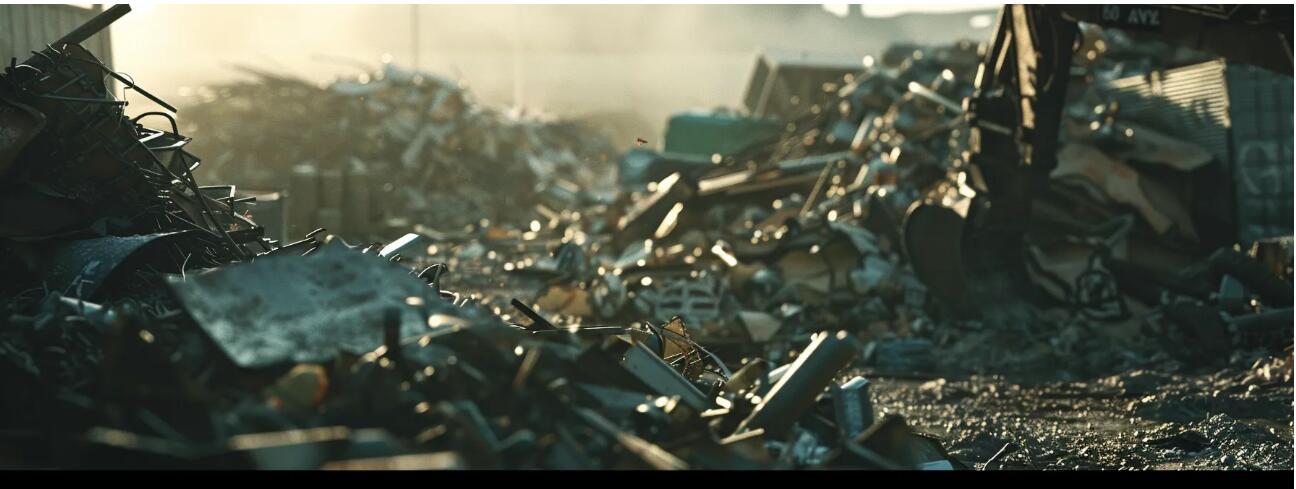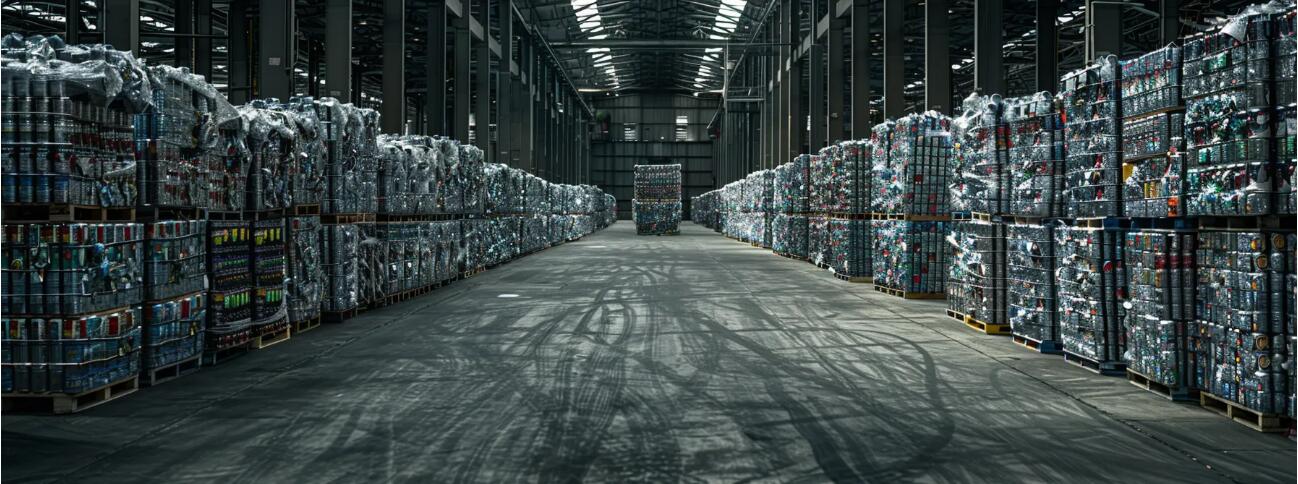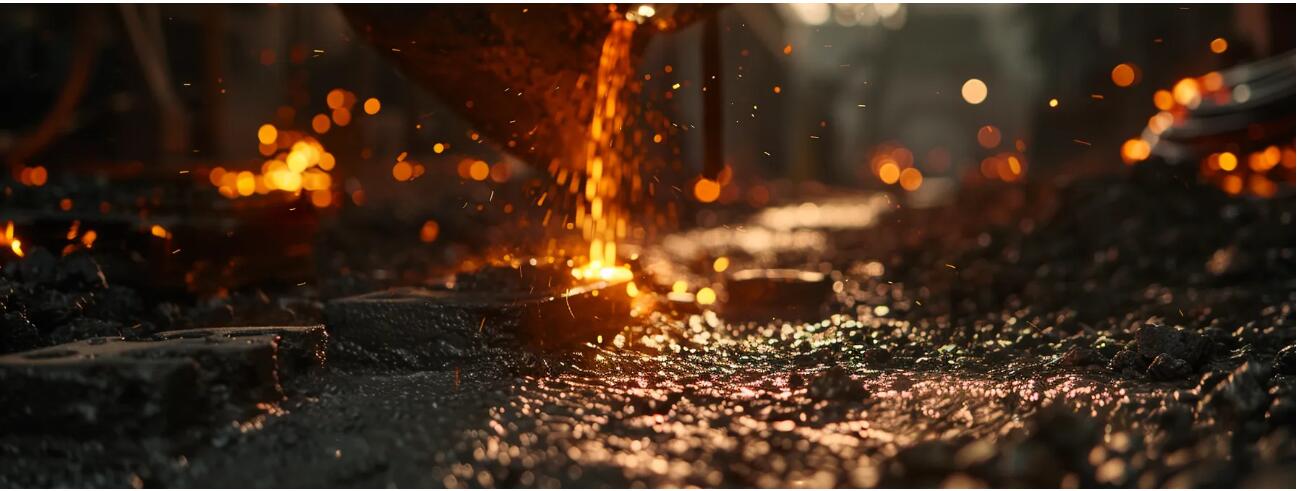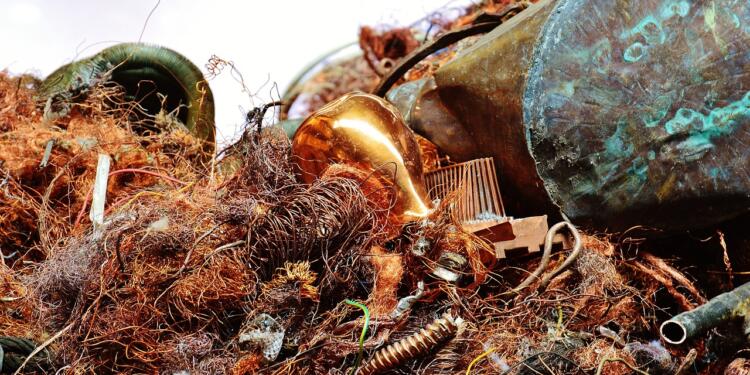As the demand for raw materials continues to grow, the importance of recycling processes has never been more critical. Junk yards play a significant role in the ecosystem of recycling, transforming waste into valuable resources. Scrap metal is particularly well-suited for recycling, given its ability to be melted down and reshaped without losing its properties. The advantages of engaging with this method of sustainability go beyond the immediate financial gains, offering numerous environmental benefits. Below, explore how metal recycling at junk yards contributes to a healthier planet.
The Role of Junk Yards in Sustainable Metal Reuse
Junk yards are more than the final resting places for unwanted vehicles and appliances; they are active hubs for sustainability. These establishments collect a wide range of metal scraps, from aluminum cans to derelict car parts, and then prepare these materials for a new life. The process begins with sorting and separating metals, a step crucial for ensuring quality in the recycling chain.
By providing a space for communities to dispose of metal waste properly, junk yards help minimize the amount that ends up in landfills. The presence of a metal junk yard in a community stands as a testament to the area’s commitment to the environment. Patrons of these facilities contribute to a circular economy, where the life of materials is extended and waste is drastically reduced.
Moreover, these metal recycling centers are often equipped for handling hazardous materials that can be present in electronics and old vehicles. They ensure that such components are disposed of safely, preventing them from becoming environmental hazards. The process is tightly regulated to protect both workers and the local ecosystem from harm.
Energy Conservation Benefits of Metal Recycling

Energy efficiency is a significant concern in modern industrial processes, and metal recycling is a champion in this regard. The amount of energy saved when recycling metals is substantial when compared to the energy requirements of extracting and refining fresh ores. For instance, recycling aluminum saves around 90% of the energy required to produce it from raw bauxite.
Those energy savings have a profound effect on scaling back the world’s energy demand. The reduced burden on electricity sources means less burning of fossil fuels and lower emissions of pollutants into the atmosphere. As such, recycling metals is not only about waste management; it’s a move toward cleaner, renewable energy use.
Beyond the large-scale impacts, these savings can often lead to lower costs for consumers. The decreased energy requirements of recycling translate into economic savings, allowing manufacturers to potentially offer lower-priced goods made from recycled materials. It’s a cycle of sustainability that benefits wallets as much as it does wildlife.
Tackling Pollution by Recycling Metals at Junk Yards
One of the more evident advantages of recycling metals is the clear reduction in pollution levels. Scrapped metal that ends up in landfills can take centuries to decompose, and as it does, it may leach toxic substances into soil and groundwater. Recycling prevents these pollutants from entering the ecosystem and ultimately, our water supply.
Air pollution is also mitigated through metal recycling. The process of extracting and refining ores to create new metal is incredibly energy-intensive and often involves burning fossil fuels. By recycling metal, we decrease the demand for this process, leading to cleaner air and a reduction of smog and acid rain precursors.
Noxious emissions from processing plants are also reduced as recycling facilities demand less processing and refinement compared to plants dealing with raw ores. These processes can release sulfur oxides, nitrogen oxides, and other particulate matter that can harm both environmental health and human health.
Enhancing Resource Efficiency: The Lifecycle of Recycled Metals

Recycled metals journey through an impressively efficient lifecycle that reflects keen resource management. When metal products reach the end of their usability, they are not destined for the scrap heap; rather, they can be processed back into raw form. This creates a closed-loop lifecycle that stands in stark contrast to the take-make-dispose model of traditional manufacturing.
The process begins with the collection, where metals are gathered from a range of sources—homes, businesses, construction sites, and of course, junk yards. These metals are then transported for sorting and cleaning, ensuring that the recycled material meets quality standards. Once poised for reuse, these metals can be melted down and formed into new products.
Overall, the benefits of recycling metals span from the protection of natural habitats to the conservation of energy and resources. The practice not only supports environmental health but also promotes economic vitality through job creation, stability in energy costs, and accessible raw materials. Junk yards play a critical role in enabling this sustainability cycle, and their influence on the environment remains integral in our collective push toward a greener future.

































